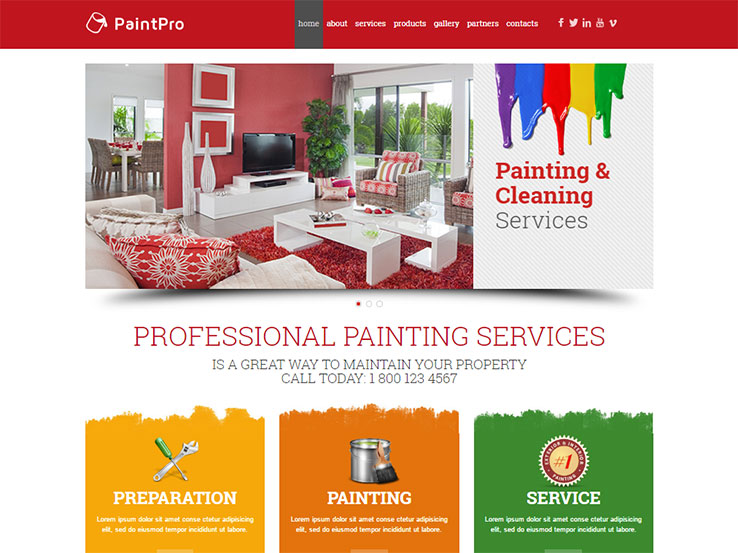Elements To Think About For Commercial Outside Painting By Period: Vital Details You Must Have
Elements To Think About For Commercial Outside Painting By Period: Vital Details You Must Have
Blog Article
Web Content Writer-Ford Chaney
When you're intending a commercial exterior painting job, seasonal elements can make or break your results. You'll wish to take into consideration exactly how temperature level and humidity impact paint application and drying times. Selecting the ideal period can guarantee your paint sticks properly and lasts much longer. Yet which seasons are truly the most effective for this type of job? Allow's explore the key elements that can affect your project's success.
The Impact of Temperature Level on Paint Application
When you're preparing an industrial external painting task, the temperature level can substantially influence how well the paint adheres and dries out.
Ideally, you intend to paint when temperature levels range in between 50 ° F and 85 ° F. If it's also chilly, the paint might not treat effectively, leading to concerns like peeling or cracking.
On the other side, if it's also hot, the paint can dry out too promptly, preventing correct bond and resulting in an unequal surface.
You should also consider the moment of day; morning or late afternoon provides cooler temperatures, which can be extra favorable.
Constantly examine the producer's suggestions for the certain paint you're utilizing, as they commonly offer guidance on the optimal temperature variety for optimum results.
Moisture and Its Impact on Drying Times
Temperature level isn't the only ecological factor that influences your business exterior paint job; humidity plays a considerable role as well. High humidity levels can reduce drying times dramatically, influencing the general top quality of your paint work.
When the air is filled with dampness, the paint takes longer to treat, which can cause problems like poor bond and a higher threat of mold growth. If you're painting on a particularly humid day, be planned for extensive wait times in between layers.
It's important to check local weather and plan accordingly. Preferably, aim for moisture levels in between 40% and 70% for optimal drying.
Maintaining these consider mind ensures your job remains on track and supplies an enduring surface.
Best Seasons for Commercial Exterior Paint Projects
What's the best time of year for your industrial outside painting tasks?
Read the Full Post and very early fall are typically your best choices. Throughout these seasons, temperature levels are moderate, and humidity levels are usually reduced, developing excellent conditions for paint application and drying out.
Stay clear of summer season's intense heat, which can cause paint to completely dry also quickly, leading to poor attachment and coating. Likewise, winter season's cold temperature levels can prevent appropriate drying out and curing, taking the chance of the longevity of your paint work.
Aim for days with temperature levels in between 50 ° F and 85 ° F for optimum results. Keep in mind to inspect the local weather report for rainfall, as wet conditions can destroy your task.
Planning around these elements ensures your painting task runs efficiently and lasts longer.
Final thought
To conclude, planning your industrial exterior paint tasks around seasonal considerations can make a substantial difference in the end result. By scheduling job throughout the perfect temperature levels and humidity degrees, you'll make certain much better adhesion and drying out times. Bear in mind to watch on regional weather forecasts and pick the correct time of year-- spring and very early fall are your best bets. Taking these steps will help you accomplish a durable and expert coating that lasts.
